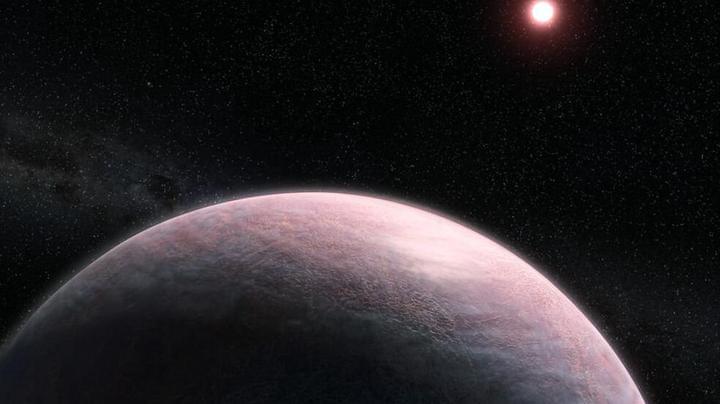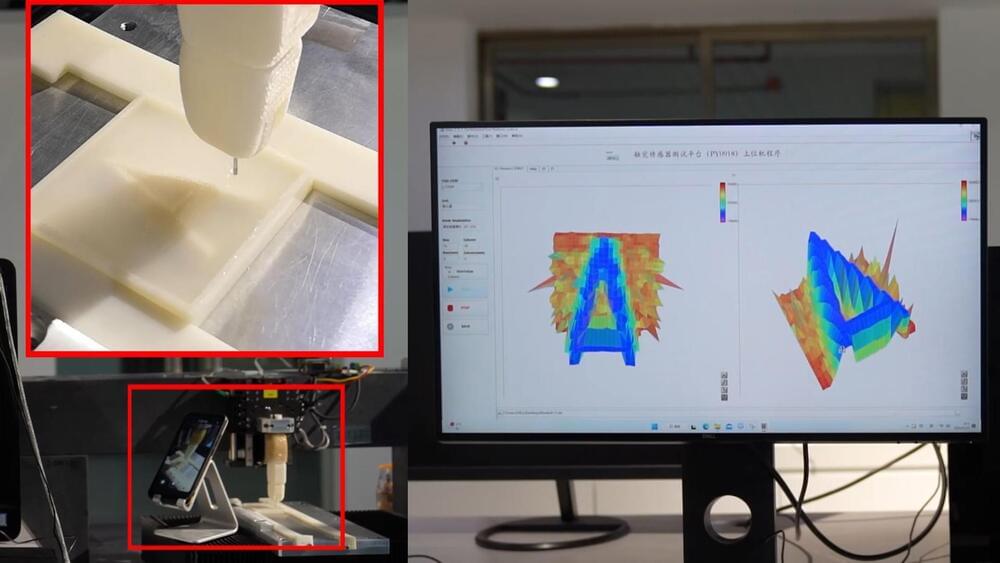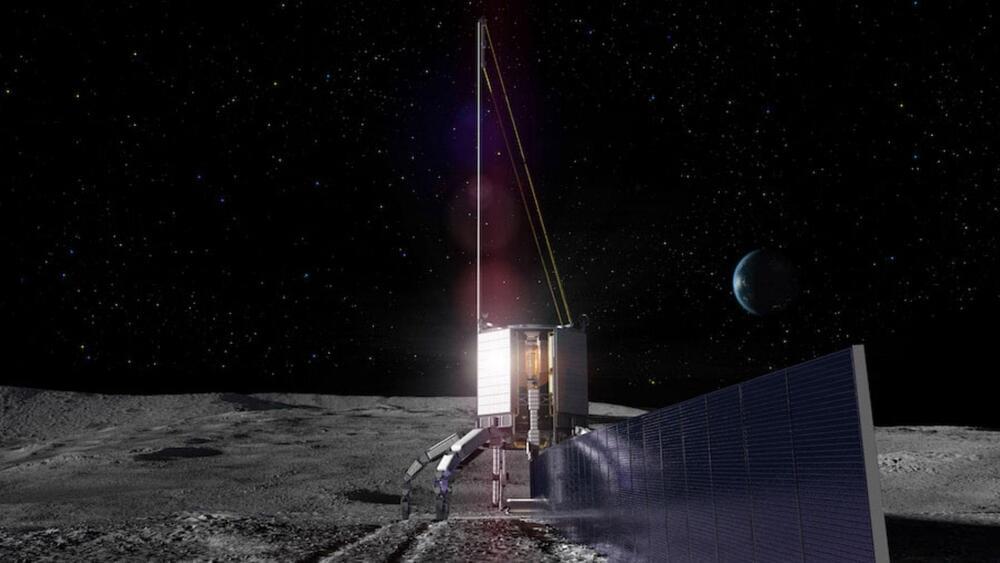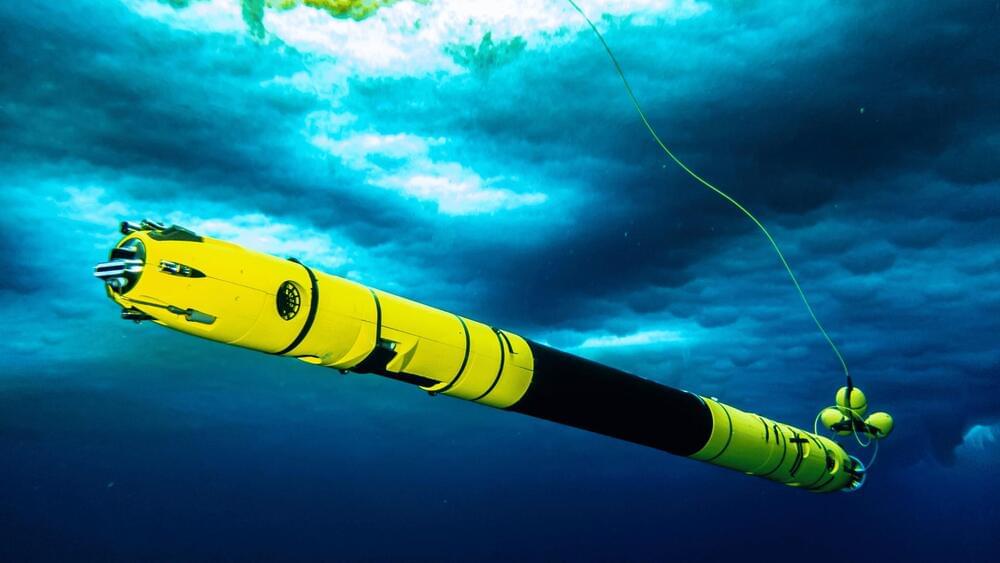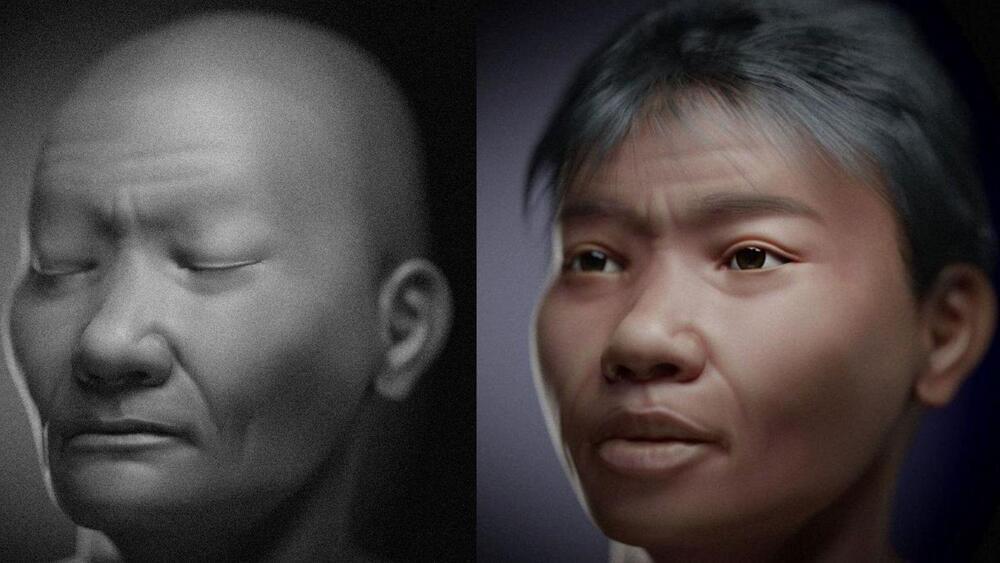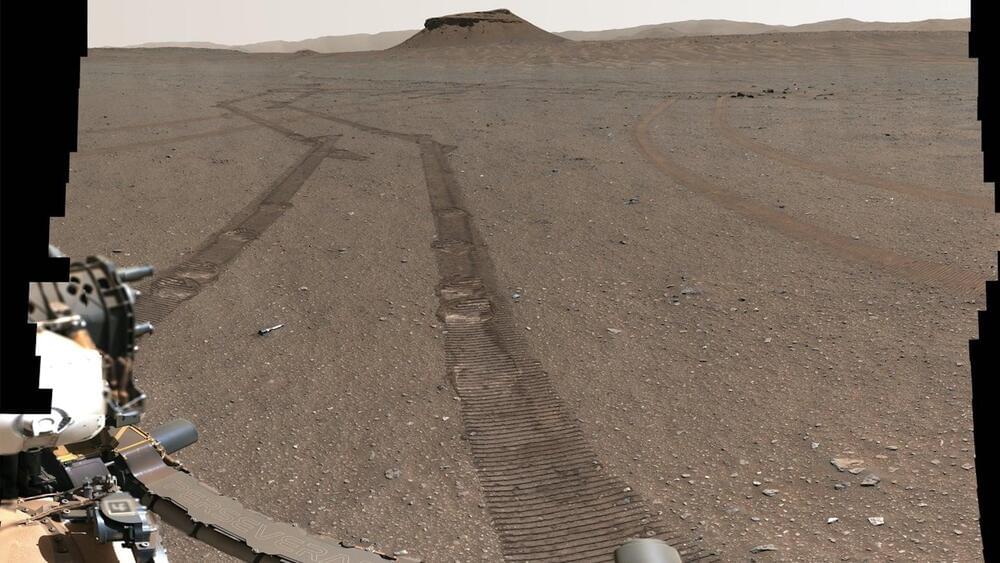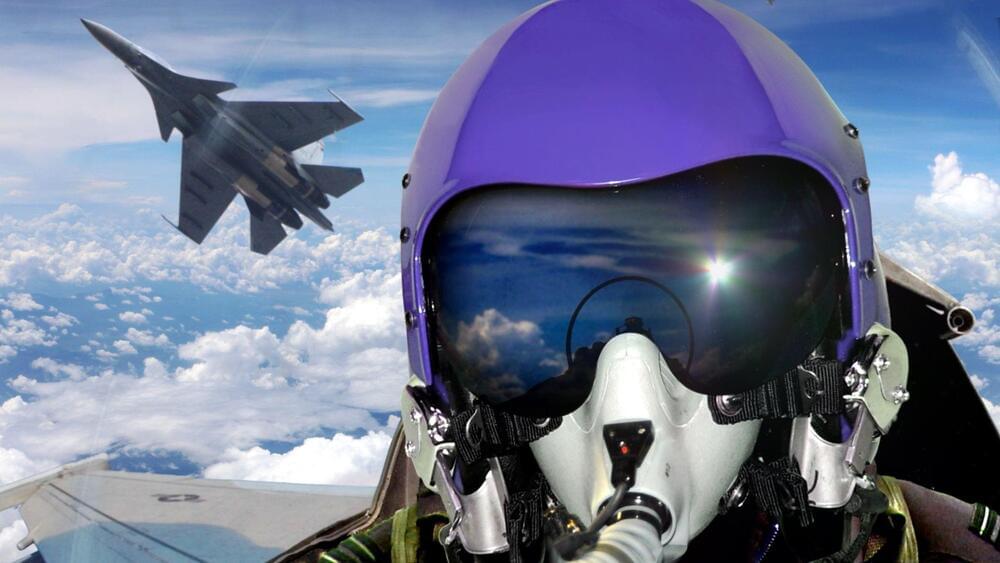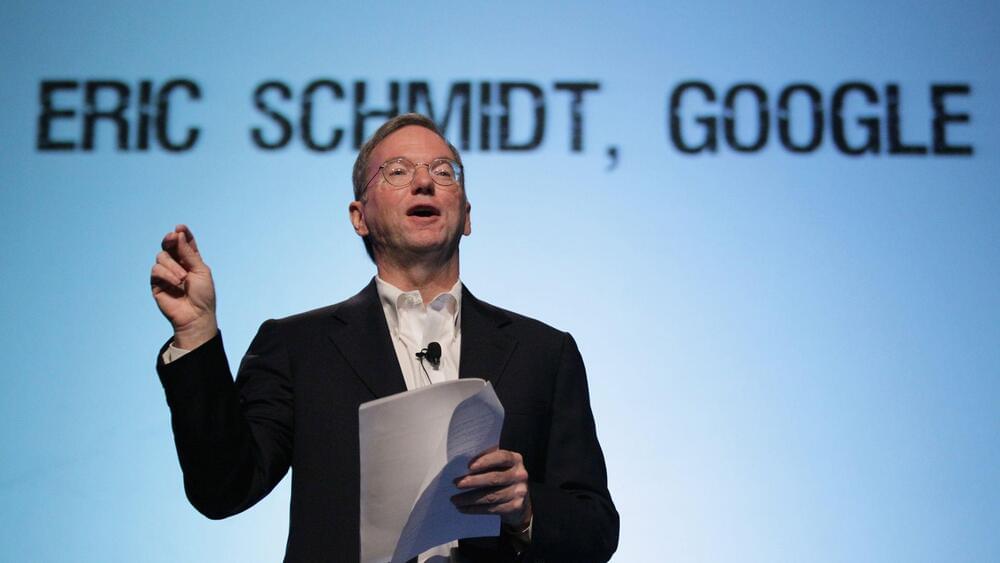‘Strong chance’ life could exist on newly discovered planet ‘nearly identical’ to Earth — Science_Hightech — operanewsapp.
Time to replace X-ray machines with bionic fingers.
A team of researchers at Wiyu University (WYU) in China has created a bionic finger that can create 3D maps of the interiors of any object just by poking it gently and repeatedly, according to a press release.
Imagine your son or daughter has an electronic toy train that they love to play with, but then due to some problem, the train stops working, and your kid starts crying… More.
Li et al.
This unique device can scan both living and non-living objects for any internal anomalies just by applying pressure on its surface. It could be used for performing non-destructive scanning and testing of the human body and various electronic applications in the future.
NASA has turned to AI to help them develop, and build, more robust, lightweight components for its spacecraft of the future.
NASA’s Goddard Space Flight Center in Maryland has been using commercially available AI software to design specialized, bespoke parts, called “evolved structures,” for its missions. They also look a little “out of this world.”
“They look somewhat alien and weird,” Research Engineer Ryan McClelland said, “but once you see them in function, it makes sense.”
Amazon founder Jeff Bezos’ space firm, Blue Origin, announced it has developed a method for producing solar cells and transmission wire using only lunar regolith.
Blue Origin famously filed a legal complaint against NASA after it snubbed its lunar lander design in favor of awarding SpaceX a contract for a modified Starship lander.
A robot named Icefin operated on previously impossible survey areas of the Thwaites Glacier.
Rob Robbins, USAP Driver.
The findings boost our understanding of one of the fastest-changing ice-ocean systems in Antarctica and, significantly, the glacier’s role in future sea level rise.
“Although the skull has an affinity with an Asian population, among individuals of such ancestry, there are a large number of structural differences, which are circumvented by closing the eyelids.”
Found buried in the fetal position at Toca dos Coqueiros in 1997 in Serra da Capivara National Park, Zuzu lived in modern-day Brazil nearly 9,600 years ago. Zuzu’s face has been wondered about by archeologists for years. Moreover, there were some controversies about Zuzu’s sex. We could finally see Zuzu’s face thanks to a new facial approximation.
Moacir Elias Santos et al.
“Trying to recover the appearance that an individual had in life thousands of years ago is a way to bring them to the present day, bringing them closer to the public,” first author Moacir Elias Santos, an archaeologist with the Ciro Flamarion Cardoso Archaeology Museum in Brazil, told Live Science.
The Perseverance rover has spent close to two years on Mars.
NASA’s Perseverance rover has spent just under two years collecting samples and beaming images of the red planet back to Earth. During that time, Perseverance placed several Mars rock sample tubes on the Martian surface as backup samples in case anything happened to the rover’s main sample cache.
The highly-ambitious Mars Sample Return mission aims to develop the technology to collect and transport the samples back to Earth by the early 2030s.
Now, the rover has beamed back images of its path in recent months, including the positions of its 10 backup samples.
NASA/JPL-Caltech/ASU/MSSS
During that time, Perseverance placed several Mars rock sample tubes on the Martian surface as backup samples in case anything happened to the rover’s main sample cache.
Pilots with considerable flight experience ‘showed specific brain connectivity patterns in areas related to processing sensorimotor information’.
Research has analyzed the brain activity of F16 fighter pilots to learn how they adapt to altered gravity levels and rapidly process conflicting sensory information, which can be similar to those experienced by astronauts.
The team used MRI scans to conclude that pilots with considerable flight experience “showed specific brain connectivity patterns in areas related to processing sensorimotor information. They also showed differences in brain connectivity compared with non-pilots,” according to a press release.
The compound inside the mushroom could be used to treat Alzheimer’s.
An active compound found in an edible mushroom may just be able to improve nerve growth and enhance memory leading to treatments for debilitating diseases such as Alzheimer’s.
The mushroom can be found in North America, Europe, and Asia. In traditional Chinese medicine, it is used to boost the immune system and improve digestive health.
Kathleen Ring/iStock.
Professor Frederic Meunier from the Queensland Brain Institute revealed in a report published last Friday that his team of researchers had identified new active compounds from the mushroom, Hericium erinaceus, commonly known as the Lion’s Mane Mushroom.
Ex-CEO of Google, Eric Schmidt, advocated for implementing AI for the U.S. military use to compete against China and other rivals.
Former Google CEO Eric Schmidt has advocated for the military use of artificial intelligence (AI) to build a more robust and adaptable defense system for the United States against China and other rivals.
“Every once in a while, a new weapon, a new technology comes along that changes things,” he told Wired.
Getty Images.
AI could be just as revolutionary for warfare as nuclear weapons, argued Schmidt, according to an interview published by Wired on Tuesday.
